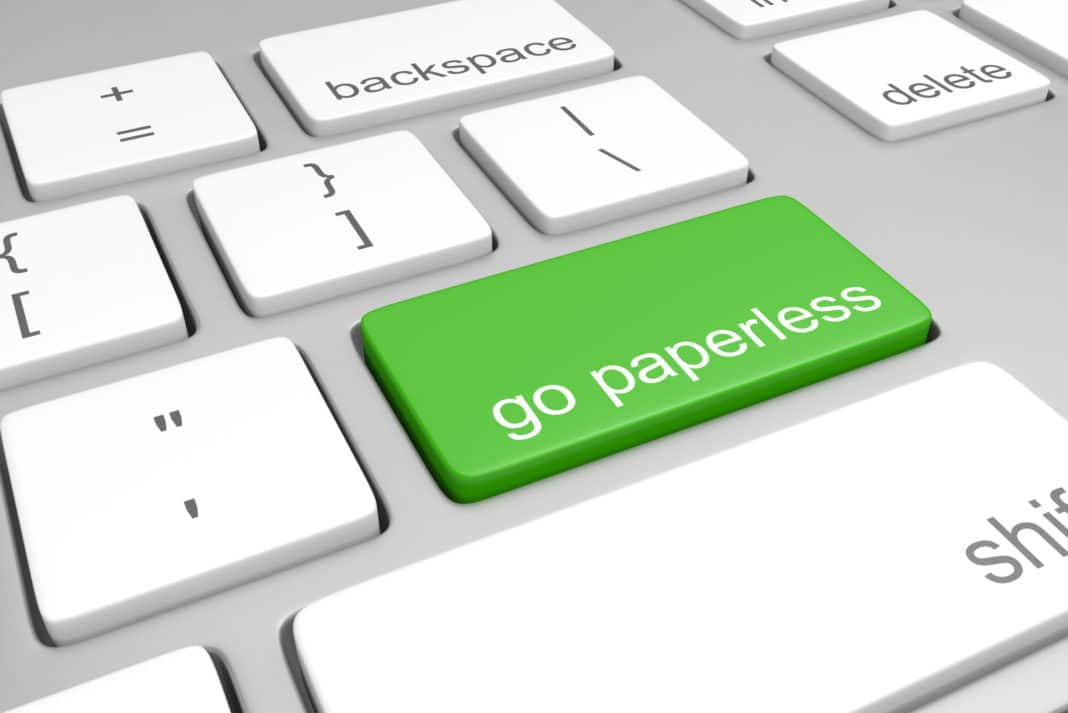Every small business needs to find ways to save money in order to reduce ongoing expenditure and increase profits. However, within the effort of saving money, a business could also be helping the environment by opting for greener technologies and processes along the way. Most money-saving methods do have a degree of eco-friendliness to them because, at a bare minimum, they’re reducing the financial waste of the business. Any form of waste or unnecessary resource usage will ultimately lead to an increase in the corporate carbon footprint one way or another. However, certain forms of frugality are better for the environment than others. More specifically, here are 7 of the most eco-friendly money saving methods that small businesses can take advantage of:
1. Upgrading to an Energy-Efficient HVAC System
Many company owners don’t even stop to think about what kind of HVAC system is installed in their office or place of business. However, if you have a large office or store, or multiple physical locations, you could save a substantial amount of money and reduce your company’s carbon footprint by installing new HVAC systems at all of your locations. This could represent a significant upfront expense, but one that would result in lower monthly bills or a reduced load on your solar panel system.
According to Semper Solaris, one of California’s top HVAC and solar companies, there’s been an increase in the number eco-conscious business owners who are insisting on only having the best heating and air conditioning units installed. In addition to HVAC maintenance and heating and air conditioning repair services, Semper Solaris is also a leading provider of solar panel systems and installations, which brings us to our next point. Of course, grid-powered HVAC systems that use excessive amounts of energy are directly causing harm to the environment by putting more of a burden on the grid.
2. Installing Solar Panels
Many small business owners are hesitant to invest in a solar panel system due to the upfront expense involved. However, with decent business credit, you can get approved for financing and turn the cost of the project into an affordable monthly expense. If your goal is to create a sustainable business with minimum overhead, you might as well just go ahead and commit to a solar setup instead of agreeing to the burden of paying an electricity bill and relying on grid power for your company’s entire existence.
When you consider the fact that companies can continue to consume power for many generations, establishing a free source of renewable energy is an obviously beneficial move that every entrepreneur should aspire to make. Plus, let’s not forget that you’ll be cutting your ties with non-renewable energy sectors that are badly polluting and damaging the environment.
3. Going “Paperless”
Long-time entrepreneurs who have been operating paper-based businesses for decades may be reluctant to migrate into a paperless workflow because they’re stuck in the their ways. Whether you are part of that demographic or not, there are really very few, if any, remaining use cases for paper in today’s world. The vast majority of modern businesses are managed in the cloud, which simply means that everything is done online nowadays.
Outside of the realm of developing art or drawing up contracts that require physical signatures, there’s really no reason to ever use paper as a consistent part of any corporate workflow. Keep a stack of paper and a printer/scanner combo on standby just in case, but try to use it as little as possible and don’t create systems that require the ongoing use of paper. For example, many companies have stopped giving customers paper receipts, opting to send digital receipts via email instead.
4. Using Smart Office Devices
Smart office devices are a lot like smart home devices in that they’re designed to facilitate optimal energy-efficiency and cost-effectiveness. For starters, you could get a smart desk, which is precisely adjustable via app controlled electronic movement. So, you can adjust the height to switch from sitting to a standing desk in various positions, which allows for better posture and productivity.
Any smart office device that increases organization or workflow simplicity will have a net money-saving effect because they’ll be stopping you from wasting time, while also helping you make the most of your work hours. Other examples of smart office devices include smart thermostats, smart locks, and multi-device keyboards.
GOT NEWS? click here
Google News, Bing News, Yahoo News, 200+ publications
5. Buying Used Office Equipment
Buying brand new office equipment is always going to be more expensive than purchasing items from the local secondhand market. You can find great deals on social networking groups through sites like Facebook and classified ad sites like Craigslist. In many cases, you can even find free office furniture or appliances that are outdated but still very appealing and functional.
With this technique, you’ll not only be saving a great deal of money by sourcing your equipment used instead of new, you’ll also be keeping all of those used items from going to the landfills and creating extra pollution.
6. Opt for Fuel-Efficient or Electric Company Vehicles
If your business utilizes a fleet of company vehicles, it would be wise to choose models that get decent fuel mileage or, even better, those that don’t use fuel at all. Many newly established companies are avoiding the traditional van or truck-based approach and going with smaller electric or hybrid utility vehicles.
When you consider the accumulative effect that the transportation industry has on the environment, ensuring that your company isn’t taking part in this gas-guzzling greed will give you peace of mind while also keeping you from being taxed at the pump for every mile you drive. Companies like Tesla have established charging stations in major cities, so you don’t even have to pay to charge the vehicle. With that approach, you’ll be able to move around within your region at zero cost.
7. Consolidate and Downsize Your Workforce and Equipment Collection
Having an excessive number of employees drive to your office, store, or other place of business and consume company resources while they’re there, is obviously a huge waste of money and an unnecessary burden on the environment. A company that has 100 employees can probably afford to do without 10 of them – that’s ten more people that don’t have to commute to work and use your office equipment. Speaking of which, powering an excessive number of devices or other types of equipment will only serve to increase your electricity bill unnecessarily.
You can use smart power strips to gauge and monitor the actual power usage of each computer, appliance, or any electronic device that can be plugged in. This will help you determine which devices you can afford to do without, and which ones you should unplug. Interestingly, some smart power strips will also let you enable and disable power to specific outlets on the strip via a mobile app.
Aren’t “Saving the Environment” and “Saving Money” Part of the Same Process?
If you think about the definition of money in the sense that it’s a form of currency used to hold value, and then you realize that our environment is literally our most valuable asset as a species, isn’t “saving the environment” the same thing as “saving money” and everything else that humans have worked to build?







